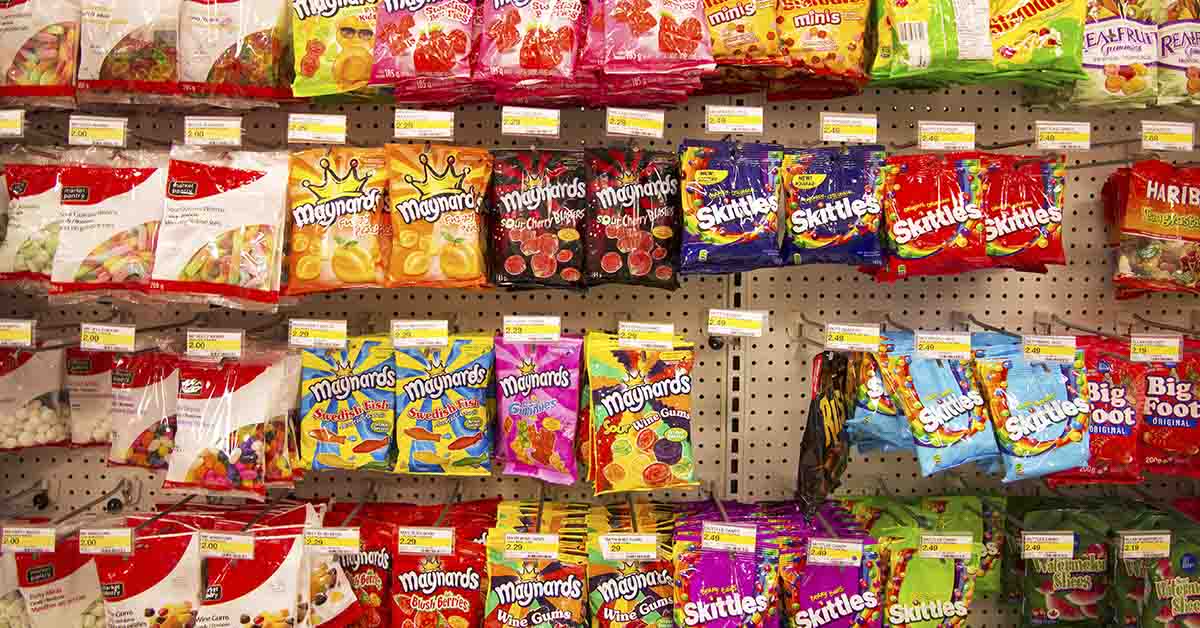It is well known that the United States allows certain ingredients and additives into their food that other countries don’t. Why? Because in the US, authorities take a risk-based approach, while other countries, such as those in the EU take a hazard-based approach when regulating food additives. The American point of view is if the percentage chance of problems is very low, then it’s okay, whereas other countries err much more on the side of caution. In Europe, if there is any percentage chance that an ingredient could be problematic, they don’t allow it (a hazard approach), while in the US they take into consideration the risk an ingredient poses and at what dose (risk-based approach). California has shown us that, as a state, they are starting to lean more towards the European mindset by banning four food additives found in many products, as seen with Proposition 65. They are urging the rest of the United States to do the same. That being said, there are still many more food additives that you can find in everyday food items that you may want to try and avoid.
Read: 11 Cancer-Linked Products That Many Use Daily
9 Foods You Didn’t Realize Contained Disease-Linked Food Additives

California Gov. Gavin Newsom made headlines by signing what is commonly referred to as the ‘Skittles ban.’ This new law prohibits the use of four food additives in the state that have been linked to various health issues including kidney, thyroid, and gastrointestinal cancer as well as mood disorders. The four additives in question are brominated vegetable oil, potassium bromate, Propylparaben, and red dye No.3. While is seen by some as a step in the right direction, it’s important to note that many other foods out there contain potentially risky ingredients, some of which are banned in other countries. Let’s delve into nine foods you may not have realized contain disease-linked food additives. (1)
1. Processed Meats
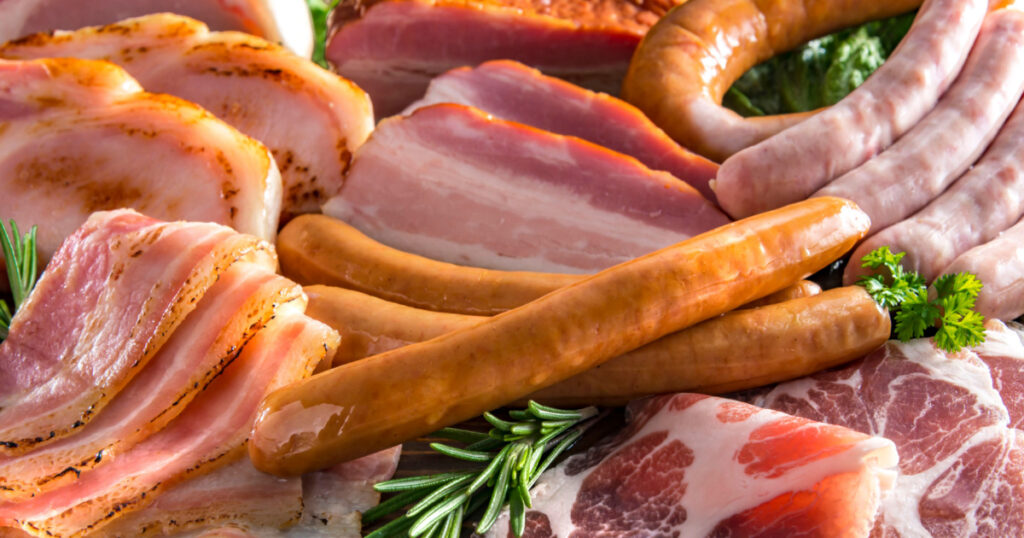
Hot dogs, sausages, and deli meats often contain sodium nitrite and sodium nitrate, which have been linked to an increased risk of cancer, particularly colorectal cancer. Despite this, these additives are still commonly used due to their ability to preserve the color and flavor of processed meats. (2)
Read: There’s Aluminum in Processed Cheese. Do you need to worry?
2. Fast Food French Fries

The golden and crispy French fries that accompany your fast food meal may contain acrylamide, a chemical that forms when starchy foods are cooked at high temperatures. Acrylamide has been classified as a probable human carcinogen and has been linked to an increased risk of developing cancer. (3)
Read: Is Shrimp Healthy? Everything You Need to Know About Shrimp Nutrition
3. Soft Drinks and Energy Drinks
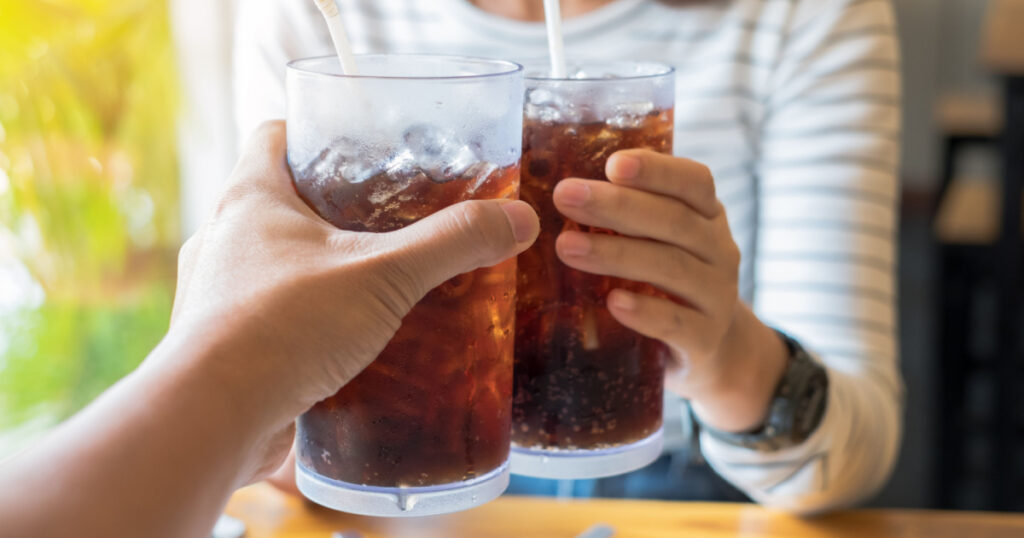
These popular beverages often contain high-fructose corn syrup (HFCS), a sweetener associated with obesity, diabetes, and liver disease when consumed in excessive amounts. Additionally, some soft drinks and energy drinks contain artificial colorings, such as Red 40 and Yellow 5, which have been linked to hyperactivity in children. (4, 5)
4. Packaged Snacks
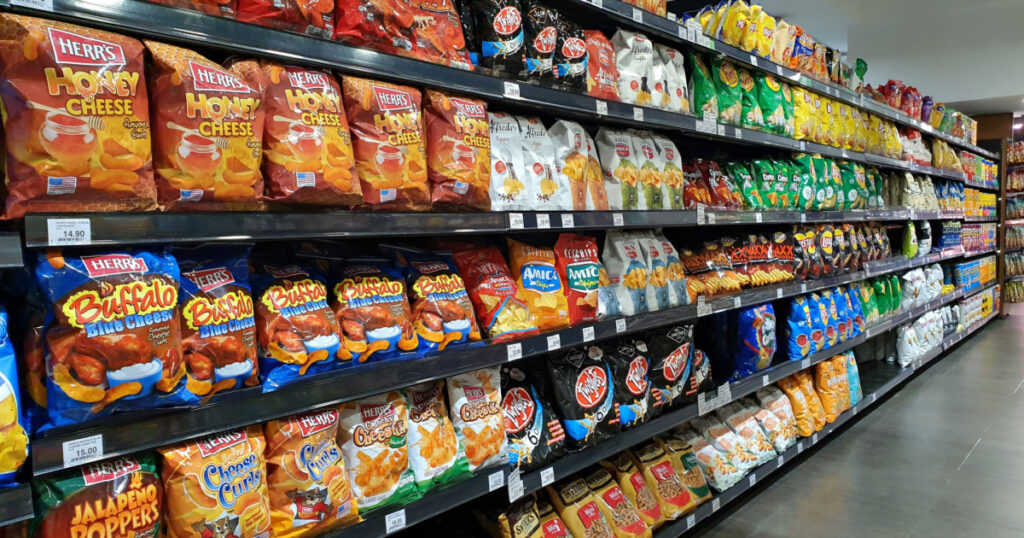
Many packaged snacks like chips, crackers, and cookies contain partially hydrogenated oils, better known as trans fats. These fats increase the risk of heart disease by raising bad cholesterol levels (LDL) and lowering good cholesterol levels (HDL). (6)
Read: 8 of The Most Dangerous Foods in the World
5. Processed Cheese
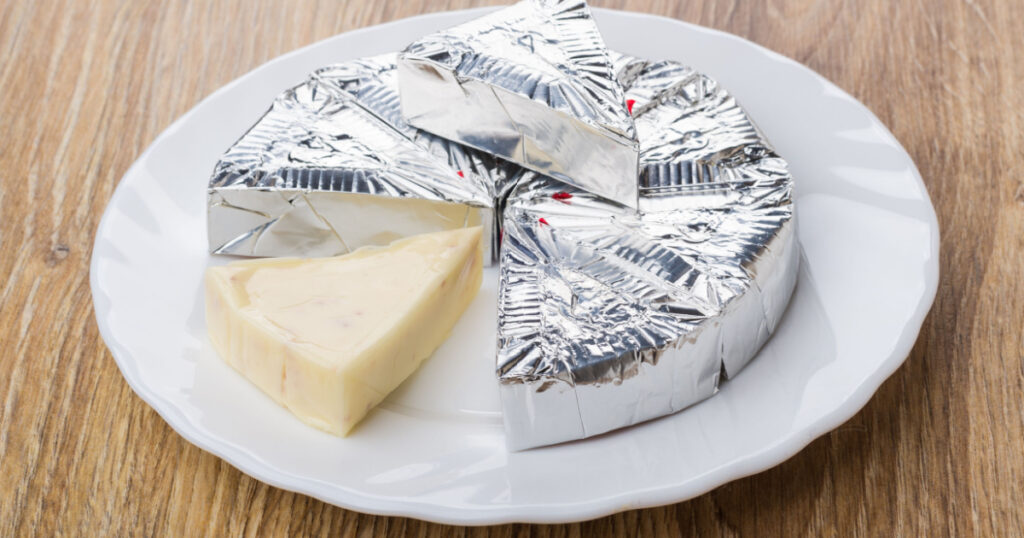
Processed cheese products, such as cheese spreads and slices, often contain a chemical called sodium hexametaphosphate. This additive has been associated with gastrointestinal disorders and may contribute to kidney stones. (7)
6. Microwave Popcorn

The buttery aroma of microwave popcorn may be enticing, but what you may not realize is that many brands use a flavoring called diacetyl. Inhalation of diacetyl has been linked to bronchiolitis obliterans, a serious lung disease commonly known as “popcorn lung.” (8)
7. Frozen Dinners
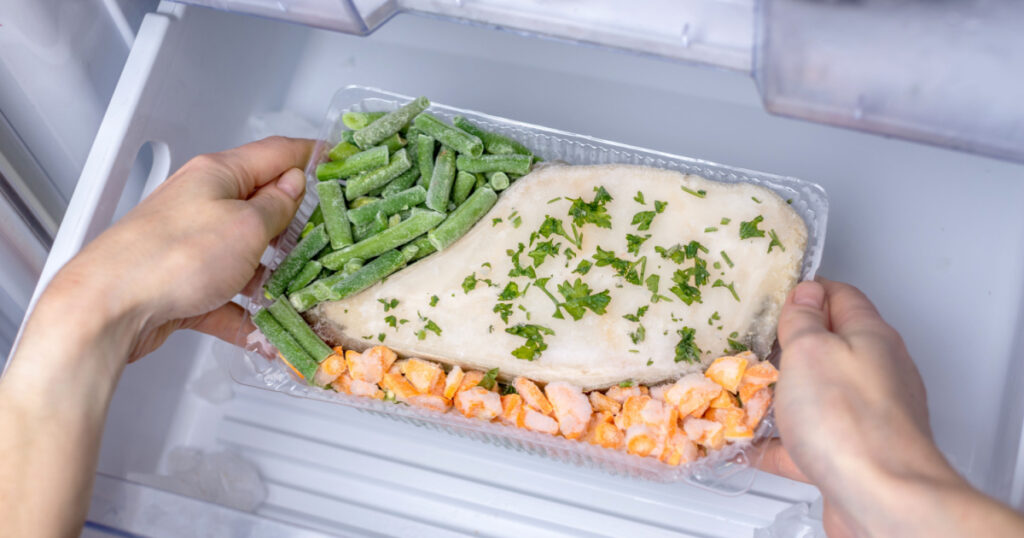
Pre-packaged frozen dinners are convenient, but they often contain high levels of sodium, preservatives, and additives such as butylated hydroxytoluene (BHT) and butylated hydroxyanisole (BHA). These additives have been associated with cancer and may have negative effects on the endocrine system. (9)
Read: 15 Unhealthiest Drinks On the Planet (+ 7 Healthy Alternatives)
8. Breakfast Cereals
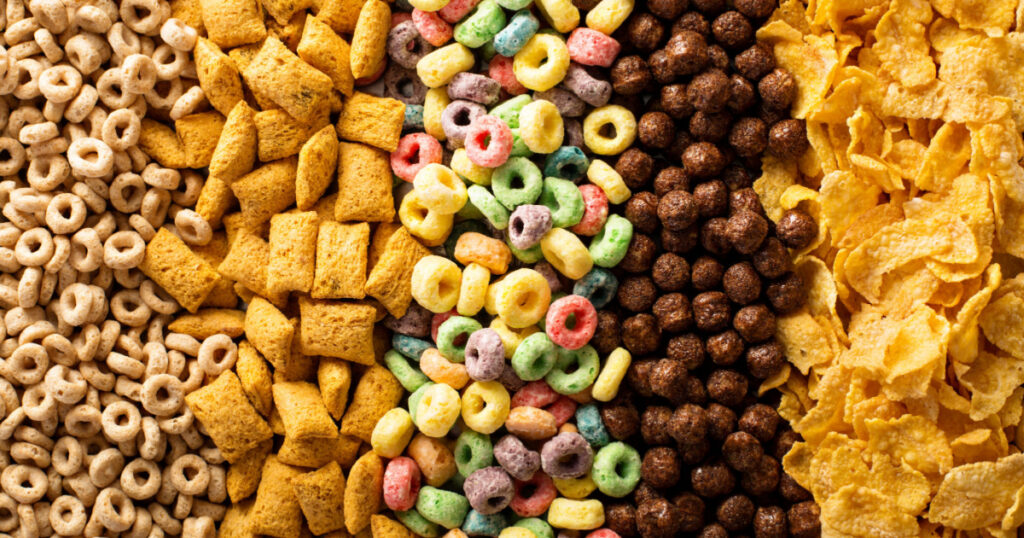
Breakfast cereals, especially those marketed to children, often contain artificial food dyes such as Red 3 and Blue 1. These dyes have been linked to allergic reactions, behavioral problems, and even carcinogenic effects. (10)
9. Salad Dressings
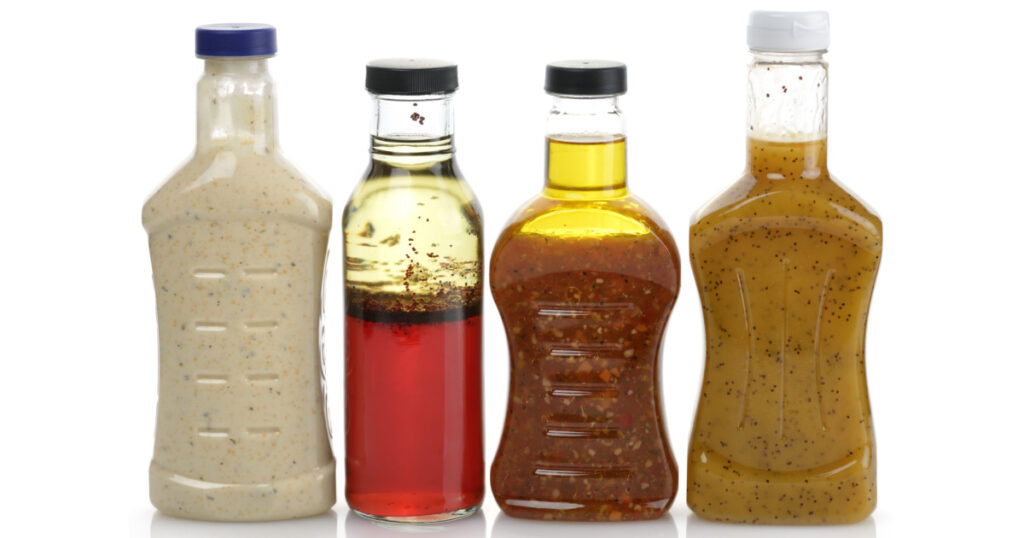
Many commercially available salad dressings contain propylene glycol. Propylene glycol has been linked to kidney damage, liver abnormalities, and is considered an irritant to the skin, eyes, and respiratory tract. (11)
While California’s recent ban on certain food additives is a significant step towards promoting public health, it’s crucial to remain aware of the various other foods that may contain disease-causing additives. By being vigilant about reading food labels and opting for fresh and minimally processed whole foods, we can make informed choices about what we consume and prioritize our well-being. Remember, our health is in our hands, and it starts with what we put on our plates.
Keep Reading: 26 Weird Ingredients In The Food We Eat Every Day
Sources
- “The 10 foods you didn’t realize contained potentially disease-causing ingredients as California ‘Skittles ban’ is signed.” Daily Mail. Alexa Lardieri. October 16, 2023.
- “Processed meat and cancer: What you need to know.” Mr Anderson. Danielle Underferth.
- “Acrylamide and Cancer Risk.” Cancer
- “Consuming Sucrose- or HFCS-sweetened Beverages Increases Hepatic Lipid and Decreases Insulin Sensitivity in Adults.” NCBI. Desiree M Sigala, et al. July 15, 2021.
- “Is there a link between red dye 40 and ADHD? ” Medical News Today. Caitlin Geng. February 25, 2022.
- “Prevalence of Partially Hydrogenated Oils in US Packaged Foods, 2012.” NCBI. Jenifer Clapp, et al. August 28, 2014.
- “Processed Cheese: Basics and Possibility for the Development of Healthier Products.” Journals. Aly S, et al. 2016.
- “Microwave Popcorn Causes Cancer: Fact or Fiction?” Healthline. Stephanie Watson. March 8, 2019.
- “Freezer finds: Toxic chemicals in frozen meals may cause health harms.” EWG. Chloe Beittel. September 6, 2023.
- “Purdue study: Artificial dyes highest in beverages, cereal, candy.” Food Navigator. Maggie Hennessy. May 8, 2014.
- “What to Know About Propylene Glycol in Foods.” WebMD. WebMD Editorial Contributors
